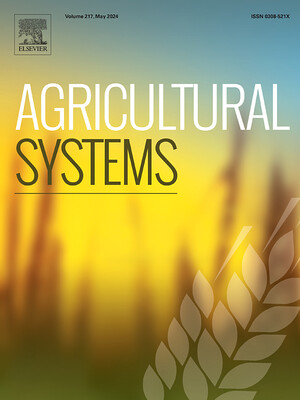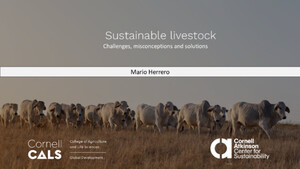
Best practice guide to socially and gender-inclusive development in the Kenyan intensive dairy sector
Abstract
This report is a guide to best practices for gender and social inclusion in Kenyan intensive dairy sector. This guide is meant as a practical resource to inform the development of Kenya’s Nationally Appropriate Mitigation Action (NAMA) strategy. Kenya’s NAMA will provide climate finance mechanisms to a number of stakeholders in the livestock sector who are currently practising or interested in low-emissions development. Although development interventions in Kenya’s dairy industry have begun to recognize gender and social differentiation issues, there is a critical need to fill the knowledge gaps that exist in the practical application of gender mainstreaming from policy to field level. This guide provides a synthesis of lessons learned and recommendations for gender-equitable low-emissions development. The guide draws upon both extant literature and project experiences revealed by industry experts (n=12). To safeguard the anonymity of participants, no personal names or official positions are mentioned. This guide solely focuses on high-potential dairy development areas, as these are the priority sites for Kenya’s NAMA.
Citation
Tavenner, K. and Crane, T.A. 2016. Best practice guide to socially and gender-inclusive development in the Kenyan intensive dairy sector. ILRI Project Report. Nairobi, Kenya: ILRI.










